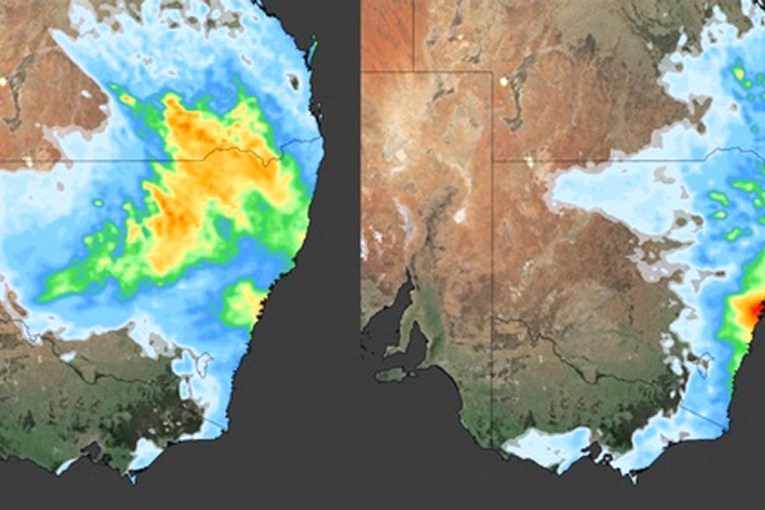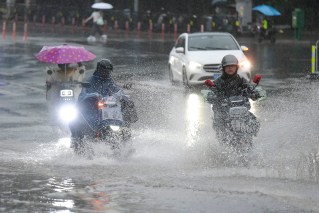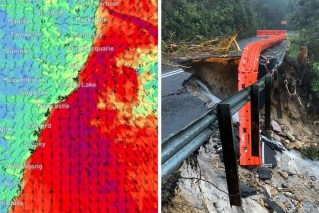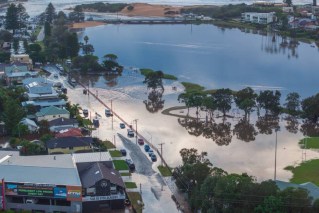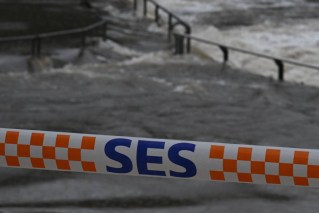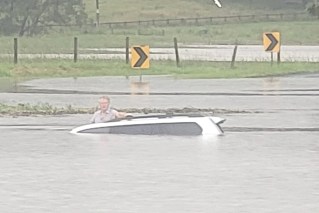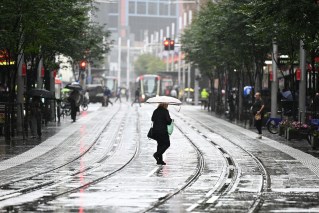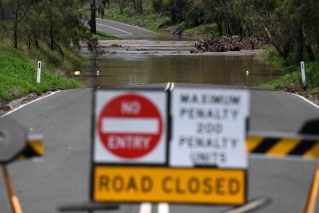East coast low to bring drenching to parts of Victoria
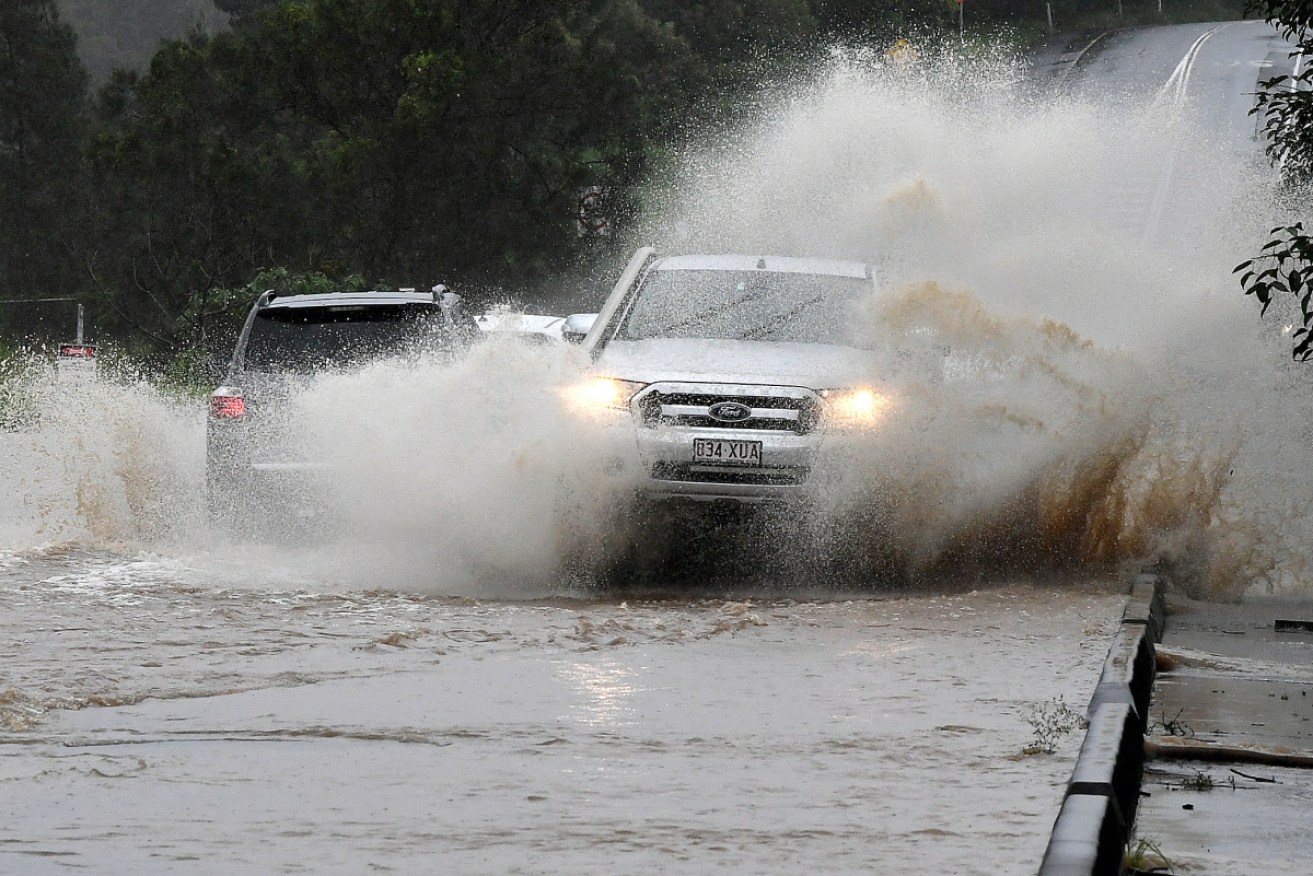
Parts of Victoria could get up to 200 millimetres of rain as an east coast low forms off the state.
Wild winds are easing after battering Victoria overnight, prompting more than 150 calls for help.
But there is potential for major flooding in the state’s east, with the Bureau of Meteorology warning about a system intensifying on Wednesday and Thursday over the Tasman Sea.
A severe weather warning for parts of the state’s north-east and Gippsland regions was cancelled early on Tuesday, following strong overnight winds.
Alpine areas including Mount Buller and Mount William had wind gusts of more than 100km/h.
Closer to Melbourne, Kilmore (91km/h) and Fawkner (72km/h) north of the city were also hit by the powerful gusts.
Tweet from @Ben_Domensino
The weather front brought about 25 millimetres of rain to the townships of Portland and Dartmoor in south-west Victoria.
The Victorian SES received more than 150 calls for assistance due to the damaging winds.
Emerald, Sorrento and Gisborne, on the outskirts of Melbourne, were the worst affected areas.
Now Gippsland residents in the state’s east are being warned of the potential for major flooding.
Tweet from @VictoriaPolice
Emergency Services Meteorologist Kevin Parkyn said over the next 24-28 hours, a weather event known as a cyclogenesis would unfold over the Tasman Sea.
This rapid intensifying of a low-pressure system will bring heavy rain.
“We have a special name for this type of weather system and they’re called east coast lows,” he said.
“It’s quite common and known by the Gippsland community and the emergency services because it’s these events … that result in heavy rain into Gippsland.”
The weather system is expected to arrive on Wednesday and intensify during the night, with falls of 20-50 millimetres forecast.
“As that rainfall intensifies Wednesday night into Thursday, that’s when we are really concerned,” Mr Parkyn said.
“The rain rates look heavy enough. Flash flooding through Gippsland, particularly the foothills, the Baw Baw Plateau, Strzelecki Ranges are a particular concern.
“So by Thursday lunchtime we could have seen cumulative totals right across the region of 100 millimetres, with as much as 200 millimetres for some of these more elevated locations.”
-AAP
